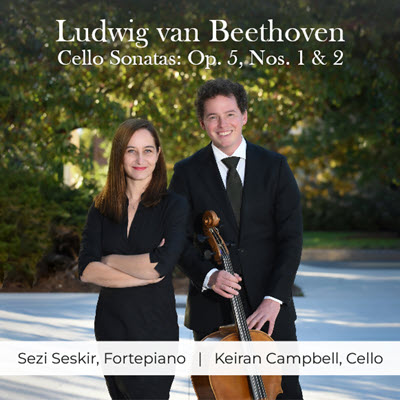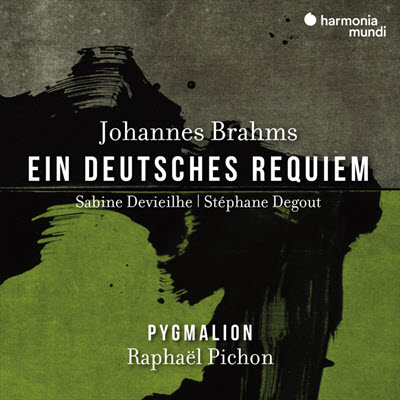by
Published September 1, 2017
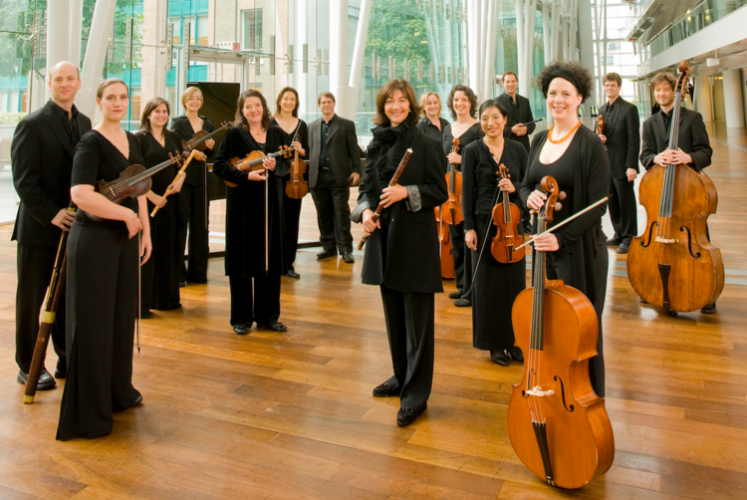
Rebelles Baroques: Quantz & Telemann Concerti
Arion Baroque Orchestra
earlymusic.com EMCCD7777
By Daniel Hathaway
CD REVIEW — Are Johann Joachim Quantz and George Philipp Telemann “rebels,” as the title of Arion Baroque Orchestra’s new CD suggests, or “Delightful Rebels,” as the liner notes characterize them? Those two contemporaries are delightful, to be sure, as well as having been phenomenally prolific composers. This album vividly captures two of Quantz’s 281 concertos and three of Telemann’s approximately 125 in vibrant performances by the 13-member Montreal-based ensemble. Alexander Weimann conducts from the harpsichord.
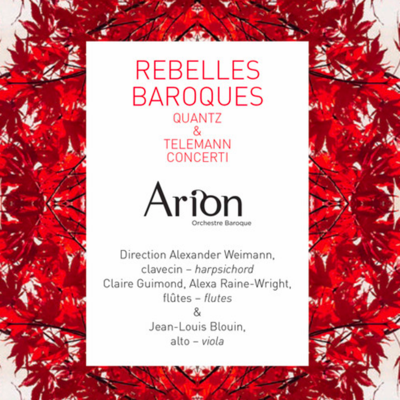 The Quantz flute concertos that open and close the disc are three-movement works in the tradition of the Italian concerto, while the three Telemann concertos owe their four-movement form to the sonata da chiesa. Though they have fewer movements, Quantz’s pieces are more fully developed, lasting about twice as long as those of Telemann.
The Quantz flute concertos that open and close the disc are three-movement works in the tradition of the Italian concerto, while the three Telemann concertos owe their four-movement form to the sonata da chiesa. Though they have fewer movements, Quantz’s pieces are more fully developed, lasting about twice as long as those of Telemann.
Arion artistic director Claire Guimond is the expressive soloist in Quantz’s Concerto in D, QV 5:45, which gets the recording off to a dashing start. Well-articulated, gallant solo and orchestral playing, and fine dynamic contrasts are enhanced by the light nimbus of reverberation supplied by Quebec’s Saint-Augustin-de-Mirabel Church. The recitative-like passages in the slow movement are particularly striking.
Guimond is joined by her accomplished colleague Alexa Raine-Wright in the Concerto for Two Flutes in A minor, QV 6:8a. After a long orchestral exposition, the duo coo like doves in the first movement, sigh gracefully in the second (marked Amoroso con sordini), and chase each other in virtuosic swirls in the final, agitated Presto.
In between the Quantz concertos, three Telemann works in turn show off the string ensemble, solo viola (Jean-Louis Blouin), and solo flute (Guimond again).
The E Major Concerto, TWV 43:E2, begins with a charming Affetuoso that leads to a fugal Allegro, a solemn, chordal Adagio, and an animated Presto whose skittering passagework is mere child’s play for Arion.
In writing what is probably the first viola concerto of his era, Telemann boldly set himself the challenge of casting a tenor-range solo instrument in sufficient relief against a body of other string instruments. With his lithe, characterful playing, Blouin succeeds in shining through the orchestral textures in the G Major Concerto, TWV 51:G9, aided by sensitive miking on the part of engineer Carl Talbot.
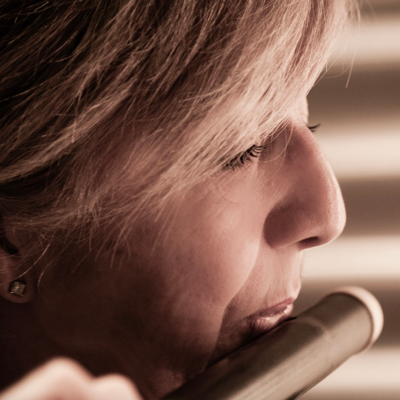 The concerto opens with a spacious Largo-gracieusement that later presents the soloist with some complicated roulades. In the third movement Andante, Telemann helpfully drops out the continuo line under the first solo for a change in texture. The finale features energetic scales and passagework radiantly played by soloist and orchestra alike.
The concerto opens with a spacious Largo-gracieusement that later presents the soloist with some complicated roulades. In the third movement Andante, Telemann helpfully drops out the continuo line under the first solo for a change in texture. The finale features energetic scales and passagework radiantly played by soloist and orchestra alike.
Subtle alterations in approach both on the part of the composer and performers keep the D Major Flute Concerto, TWV 51:D2, sounding fresh. Telemann allows the soloist to join the orchestra at the very beginning of the first movement exposition, Sylvain Bergeron plays lute continuo for the highly expressive third movement Largo, and Guimond and the violins make the brisk 3/8-meter finale memorable with scintillating back-and-forth conversations.
Adding a distinctly Canadian stamp to this attractive project, the brief but informative bilingual liner notes by Jacques-André Houle are enrobed in brilliant graphics of red maple leaves.
Daniel Hathaway founded ClevelandClassical.com after three decades as music director at Cleveland’s Trinity Cathedral. He studied historical musicology at Harvard College and Princeton University, and orchestral conducting at Tanglewood, and team-teaches Music Criticism at the Oberlin Conservatory of Music.

